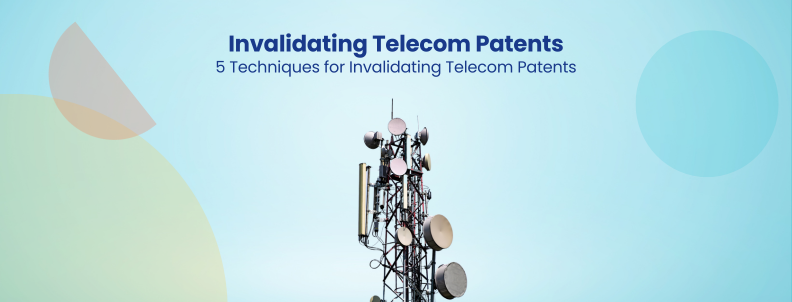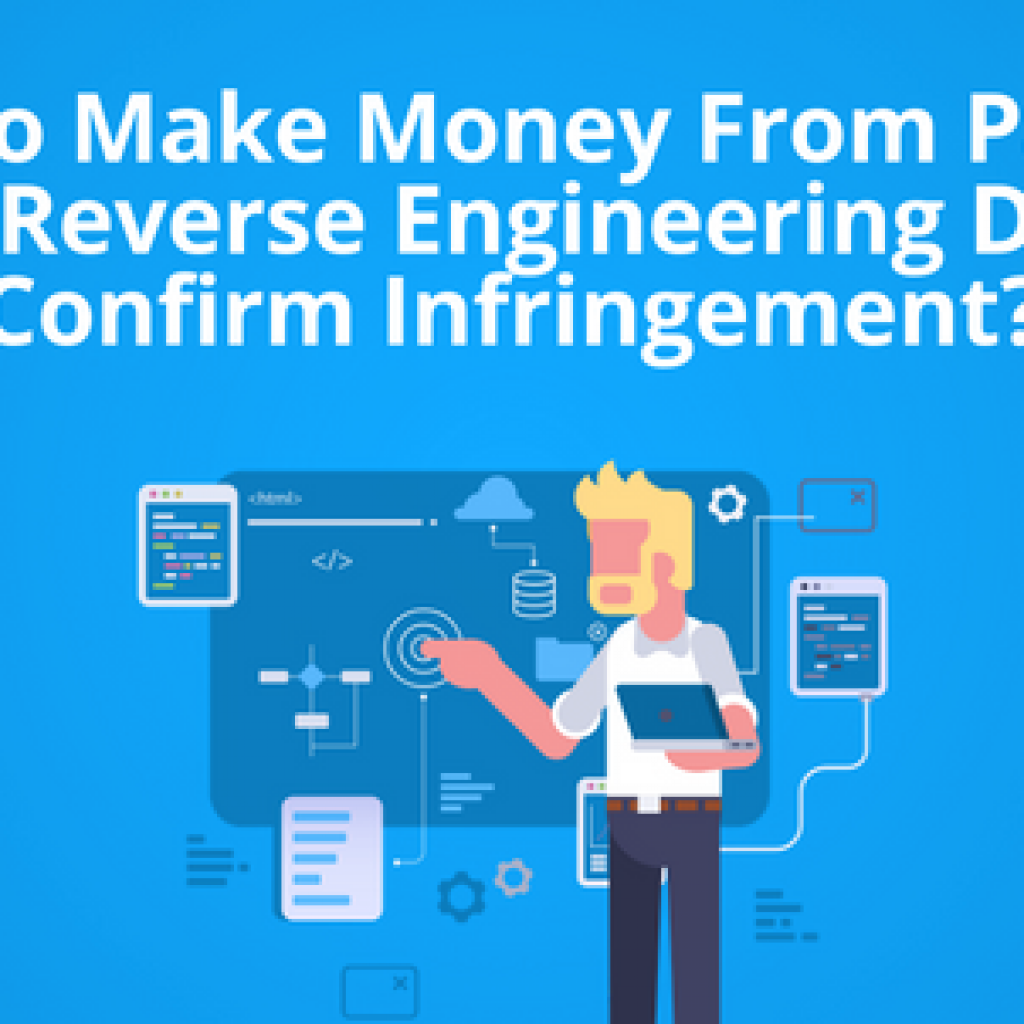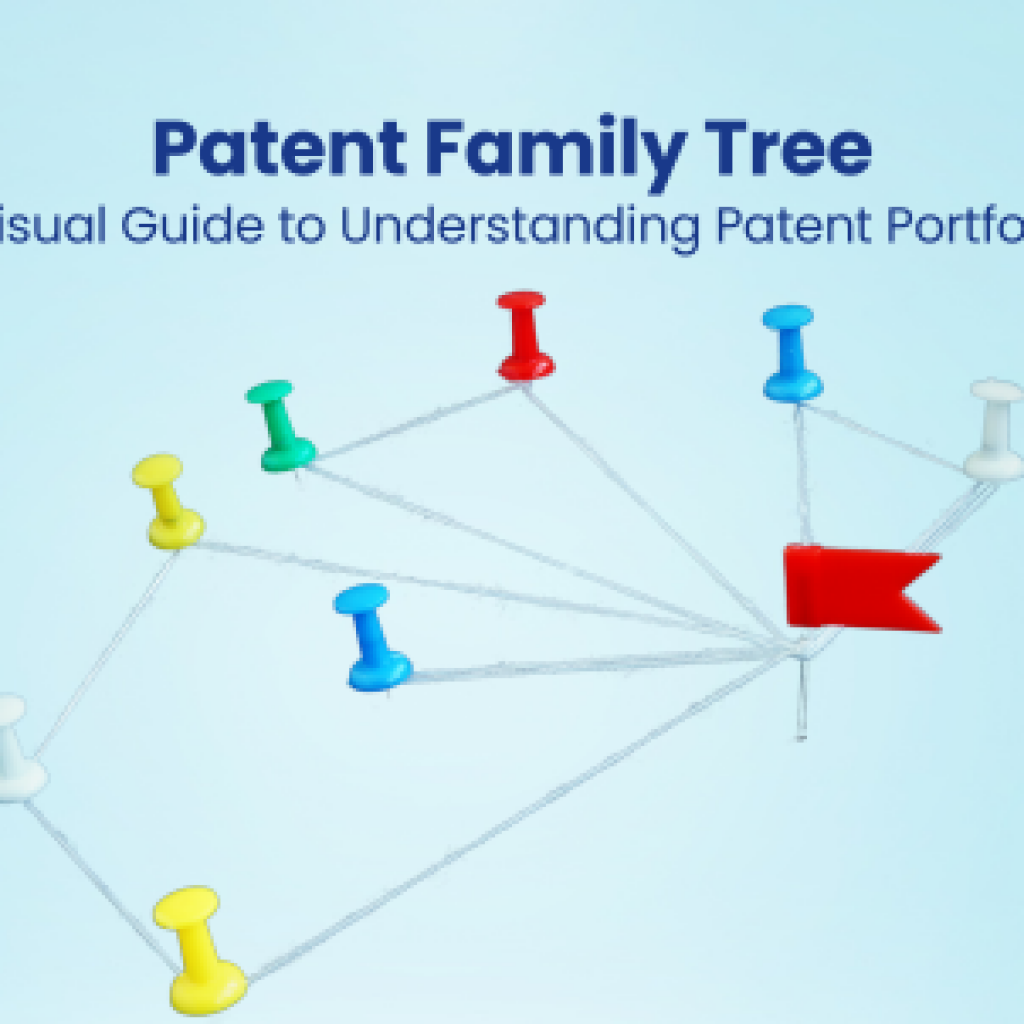In September, Lenovo Group paid a hefty $140 million in a SEPs infringement lawsuit by InterDigital. In the same month, Xiaomi and Oppo were sued by Panasonic over 4G patent infringement, adding to the legal battles faced by Chinese smartphone giants.
Patent litigation has become increasingly prominent in the telecom sector. It’s no longer a mere handful of isolated cases; the emergence of groundbreaking technologies has led to an increase in patent disputes, making it more challenging for tech companies. A rise in infringement lawsuits among telecom players is reshaping the industry. Leaving telecom giants in distress.
To navigate patent lawsuits effectively, GreyB developed a comprehensive toolkit of unconventional telecom patent invalidity search techniques. These strategies are derived from our extensive experience working closely with telecom companies on patent invalidations covering a range of technologies, including LTE, UMTS, LTE-A, NR, and more.
Utilizing these techniques, telecom companies can strategically invalidate patents, prevent resource drain, reduce the escalating costs of licensing, eliminate delays in product development, and strengthen their market positioning while avoiding potential legal roadblocks.
Tracking Relevant Standards:
The first crucial step when invalidating telecommunication patents is understanding the relevant standards. For telecom-based invalidation searches, it’s a common perception to track the 3GPP standards. However, various versions of 3GPP standards coexist, and the relevance of a specific version to a patent can vary significantly.
The following strategies for tracking standards help effectively land on a prior art.
- Running Standard-based query on Patent Database
The most direct approach is to examine whether the patent in question or any of its citations explicitly mentions a telecom standard (say TS 38.331). If a standard is mentioned, platforms like Orbit or Derwent are used to run a standard-based query using a logic similar to the one outlined below.

This query retrieves documents directly related to the subject patent and its standards. Additionally, using relevant domain keywords alongside standard numbers further refines the search, ensuring pinpoint accuracy during the patent invalidity search.
- Checking the Change Requests
The next step is to track its change requests before the cut-off date using the 3GPP website.

The versions section contains a chronological record of the standard’s development and refinement over time.

Our primary objective is to zero in on versions published before the cut-off date relevant to the subject patent we are investigating. These earlier versions are often treasure troves of valuable insights that can significantly contribute to invalidating a patent. After exploring these documents, change requests containing documents with the elusive Tier-1 prior art are uncovered.
- Finding Other Relevant Standards
When working with the invalidity of telecom patents, it’s not uncommon to encounter multiple standards addressing the same fundamental concept. For instance, one of our cases mentioned standards like TS 38.321 and TS 38.331, both delving into the concept of “HARQ Activation/Deactivation.”
However, the subject patent only referenced one of these relevant standards. Therefore, we looked at the citations within the subject patent to locate the missing one.
Exploring The 3GPP Meetings:
The fundamental procedure researchers indulge in for invalidating a telecom patent is conducting a logic-based search within the 3GPP framework to find relevant documents. However, inspecting the 3GPP meetings offers surprisingly significant advantages. These 3GPP meetings encompass all the materials shared during the meetings, as well as the individuals and organizations involved. This provides an expanded opportunity to search directions. Therefore, when invalidating patents in the telecom domain, exploring the content of 3GPP workgroup meetings is a must.
However, before diving into the intricacies of 3GPP meetings, it’s crucial to pinpoint the relevant meeting group associated with the concept we’re targeting. The goal is to locate the meeting groups held before the specified cut-off date. In our project, it was December 2016. Looking into the data, “R2-96” is the last meeting conducted before that date.

The “Full Document List” leads us to a page containing a comprehensive list of documents. Through this document list, we initiated our invalidity search.

- Document Titles: A Precise Search Approach
Suppose the subject patent discusses “SRS switching.” A quick “Ctrl+F” search for “SRS switching” or simply “SRS” can efficiently locate relevant documents by highlighting the desired terms.

- Tracking the Agenda of the Meeting
Companies often provide meeting agendas; typically, it is the initial document of any meeting. Tracking the same enables us to deduce the purpose of each meeting, helping us determine if a particular meeting is pertinent to the project. The document also lists the participating companies, allowing us to track their involvement.

- Assignee Tracking: Following Key Contributors
Through the meeting agenda, extracting participating companies’ names helps find their contributions, leading to the documents that challenge the novelty of the subject patent.
Well, here is how it works: When a company proposes an idea, there’s often a likelihood that the same company has pursued related patents for the proposed solutions. Hence, checking for patents from the concerned assignee can yield further prior art.
In our patent search journey, we always remember that only exploration will lead to innovative search methods tailored to our client’s needs. The key lies in proactively seeking these avenues for comprehensive prior art discovery.
Checking The Email Communication:
Over the years, we’ve noticed that a wealth of valuable information often resides within the email communications exchanged between companies and standard bodies. This resource provides a unique window into the discussions that influence industry standards and can be a goldmine for uncovering prior art. Surprisingly, not many people miss this, let alone the techniques for conducting a search within it.
To access this critical data, we conduct a web search for “3GPP Email Lists.”

Our goal is to find an appropriate working group, such as “RAN WG2,” and from there, access email communications from various time periods.

Once we locate the lists falling within the relevant timeframe, we check the email conversations on those dates. However, when employing this strategy to invalidate a patent, the challenge lies in identifying the relevant emails among hundreds of them.
As a solution, we look for keywords, specific company names, and standard numbers. This approach assists us in quickly finding the emails that probably have important information.
Additionally, these email lists hold a valuable clue if we have previously identified a document published after the cut-off date. We can check email attachments for any indication that the required document was shared or discussed before the cut-off date.
Such evidence can serve as critical prior art in our patent invalidation strategy.
Tracking Mathematical Expressions:
Telecom Industry Patents present their own challenges during invalidity search, and the search becomes more challenging when the patents involve intricate mathematical expressions or complex equations. These expressions might manifest as images, rendering them impervious to traditional keyword-based patent search methods.
Approaching such patents requires a deep understanding of the patent’s concept and application areas. Moreover, a thorough comprehension of the equations involved is paramount. Let’s illustrate this approach with an example. In one of our projects, the subject patent US8416718B2 consisted of an equation:

The initial step in invalidating such a patent is to unravel the meaning and significance of each term within the equation. Understanding the purpose of these elements sets the foundation for the prior art search. Once this groundwork is laid, we proceed with the following steps
- Search for the Concept
In the above equation, the term Tcp signifies the “length of cyclic prefix,” Tpre represents the “length of the preamble,” and Tds denotes the “length of delay extension.” Notably, the length of Tcp is interconnected with the lengths of Tpre and Tds. Hence, we initiated a search centered on the premise “length of cyclic prefix dependent on the length of the preamble and delay extension.”
- Search for the Problem It Solves
The patent introduced the parameter Tds (length of delay extension) to reduce the interference between information. Consequently, we explored documents that addressed the topic of “reducing interference in the preamble.”
- Search for the Terms
When the patent employs standard terms, a direct search for these terms may yield the required results. For instance, in the above subject patent, the term “Tcp=288Ts” aligns with the standard notation of Tcp=288Ts. Therefore, we directly sought documents using such terms.
However, a caveat existed. The patent presented terms in text format, while standards featured them in snippet form (as shown below.)

To capture both variations, we utilized search strings like “length of cyclic prefix,” “length of CP,” etc., as previously mentioned. While these searches are valuable, we don’t rely on them exclusively.
Further exploration within the same patent revealed another term, “Tpre=4096×Ts,” indicating that the preamble length should be 4096 times the length of a slot. Standards described an equivalent parameter as “Tseq = 4096Ts.” This interchangeability between “preamble” and “sequence” revealed the importance of comprehensive keyword coverage during the invalidity search.
Following Technology Timeline:
One often-overlooked yet pivotal aspect during the invalidity search is the evolution of technology nomenclature. This concept, commonly called the “technology timeline,” pertains to how the names of specific processes, devices, or features evolve across different technology generations.
Understanding this timeline guides the prior art from various aspects. Let’s understand this through a practical example:
In telecommunications, the place where a signal request is dispatched to connect a call is designated as a “base station” in 2nd generation technology (2G), “Node B” in 3rd generation (3G), “EnodeB” in 4th generation (4G), and “gNB” in 5th generation (5G). When embarking on a prior art search related to base stations, we consider all these terms to ensure comprehensive coverage.
This example merely scratches the surface. In real-world projects, a comprehensive examination should be considered of whether the same concept existed in previous generations. For instance, “Carrier Aggregation” is a concept found in both 4G and 5G. Recognizing this commonality suggests that both standards may follow a similar process, streamlining our search direction.
Conversely, consider a scenario where a patent on “Multi-MIMO.” If one knows that 4G exclusively references “MIMO” and “Multi-MIMO” is a concept unique to 5G, this knowledge significantly refines the search focus.
Conclusion
Previously, SEP owners and NPEs were amenable to negotiation regarding licensing agreements. However, we have noticed a behavior change where patent owners are now actively initiating global litigation campaigns. (Author’s note: Atlantic IPs litigation campaign is a classic example.)
Therefore, for telecom companies across the globe, it’s imperative to build a robust IP strategy with the help of patent invalidity experts.
Contact us today to learn how our prior art search services can help you proactively address the challenges of patent lawsuits.
Authored By: Sonali Kumari, Prior Art Team
Edited By: Nikhil Gupta and Annie Sharma











